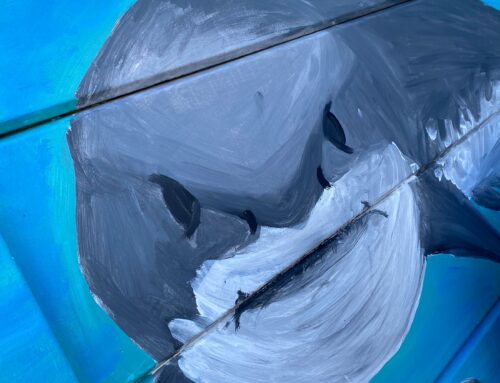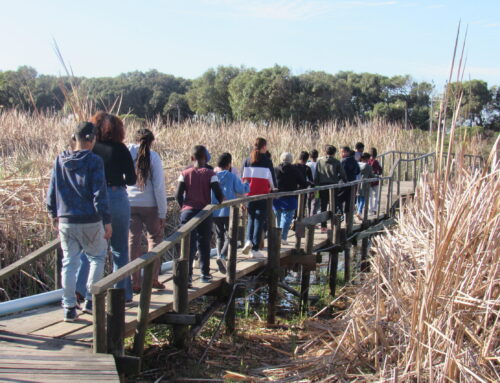Last year the United Nations General Assembly proclaimed today, the 3rd of March as World Wildlife Day.
To celebrate, we’ve decided to tell you about some of Africa’s often overlooked species. Most of us are familiar with elephants, but do you know about the elephant shrew? Lionesses’ co-operative hunting strategies are pretty impressive, but so are those of an antlion. What if I told you that a rhinoceros beetle is stronger (for it’s size) than a rhinoceros? Leopards are beautiful, but so are leopard tortoises…
Elephant shrews (contrary to what scientists once thought) don’t belong to the shrew family. Strange as it seems, they’re closer related to elephants and hyraxes than to shrews! You can find them living in the forests of 6 Southern African countries. Sadly, they were listed as vulnerable in 1996 by IUCN because of habitat destruction, which continues today.
The elephant shrew’s little “trunk” can twist and turn to search for food (insects) not unlike an elephant’s!
You may as well call them Hercules beetles. The adults of some species (there are 300 known rhino beetle species) can lift objects 850 times their weight. This is pretty much like a human lifting 9 fully-grown male elephants!
Rhino beetles are found on every continent except Antarctica. Males use their ‘horns’ to fight over females.
These birds are called buffalo weavers because the man who named them (Andrew Smith) first saw them associating with buffalo. But this isn’t their normal behaviour. In fact, if you were to associate them with anything it would probably be the baobab tree, where they love to make their large, communal messy nests!
Buffalo weavers are the largest weavers (up to 24 cm), and match their size with a range of loud cackles and calls.
Leopard tortoises could be the super models of the tortoise family. The leopard-like markings on their shells (after which they are named) make them very beautiful. They are the most widely distributed tortoise in Southern Africa and the fifth largest tortoise species in the world. Each individual is uniquely marked, just like human fingerprints. Male leopard tortoises “court” females by ramming into them.
The antlion is the larval form of a dragonfly-like insect, the adult antlion. They are named for their masterful, predatory hunting strategy illustrated in the picture below. By digging a conical shaped trap in the sand, the antlion catches small arthropods (usually ants), which slide down the slippery sides of the trap. After seizing its prey, an antlion sucks out all it’s juices (they have no anus), tosses the dry carcass aside, and resumes it’s wait for the next unsuspecting passer-by. What a clever little creature.






